Exploring the Types of Inflatable Life Rafts: What are Common Types and How to Select a Suitable Type
Inflatable Life Rafts are critical to maritime safety because they provide a reliable means of survival during emergencies at sea. These inflatable structures are designed to keep people afloat and safe, providing a vital lifeline until help arrives. Various types of inflatable Life Rafts have emerged as technology and engineering have advanced, each tailored to specific needs and scenarios. In this article, we will delve into the diverse world of inflatable life rafts, exploring their types, features, and considerations for selecting the most suitable option.
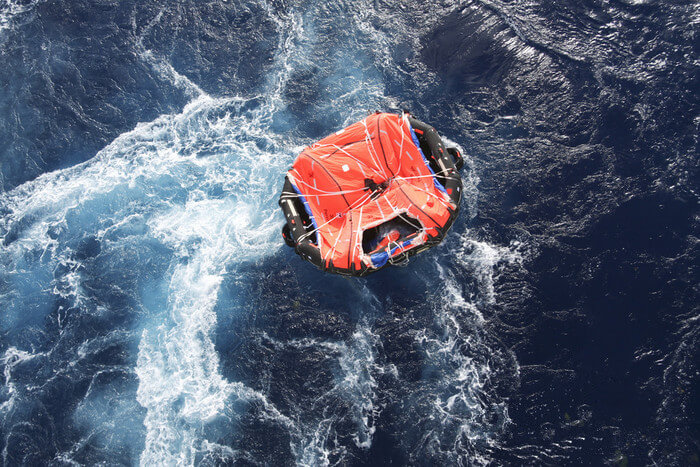
What are Common Types of Inflatable Life Rafts
1. Throw-Overboard Inflatable Life Rafts
Design: These throw-over type self-inflating life rafts are intended to be thrown into the water by hand.
Activation: Automatically inflates upon immersion or can be manually activated.
Use: Smaller vessels with limited deck space are more likely to have this
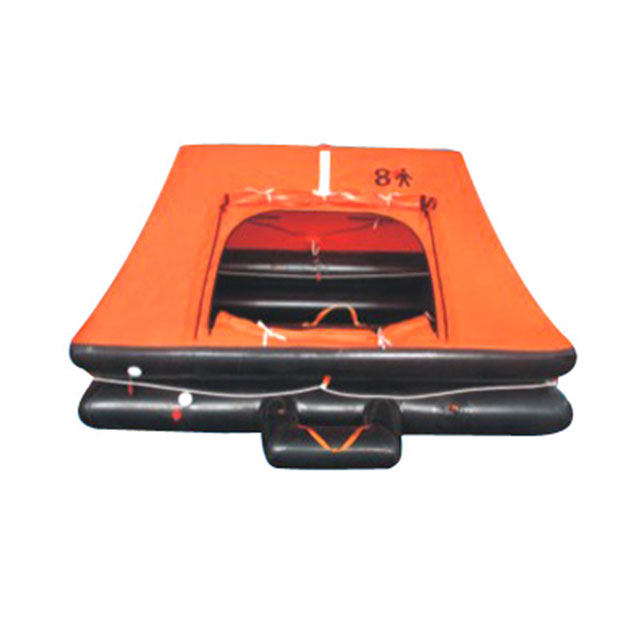
2. Davit-Launched Inflatable Life Rafts
Design: The davit launched inflatable liferaft is Installed on the ship’s deck in a cradle and launched using davit systems.
Activation: Can be launched manually or hydrostatically.
Use: Common on larger vessels where deck space is at a premium or for vessels adhering to specific safety regulations.
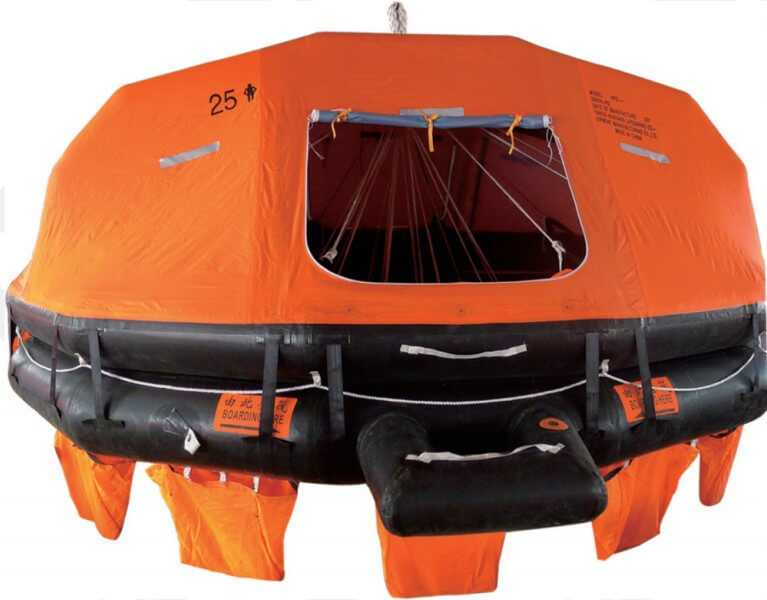
3. Canister-Packed Inflatable Life Rafts
Design: Housed in a rigid canister, secured on the ship’s deck or deckhouse.
Activation: Released and inflated manually or automatically upon immersion.
Use: Versatile and suitable for various vessel types, providing protection from environmental elements during inflation.
4. Valise-Packed Inflatable Life Rafts
Design: Compact and versatile, it comes in a soft valise for easy storage.
Activation: Upon immersion, it is manually launched and inflated.
Use: The lightweight and easily deployable safety solution is ideal for vessels with limited storage space.
5. Reversible Inflatable Life Rafts
Design: The open reversible type of liferaft opens top allowing for easy boarding from the water.
Capacity: Allows for a larger number of people, allowing for faster and more efficient evacuation.
Use: Suitable for calm sea conditions and scenarios requiring rapid deployment.
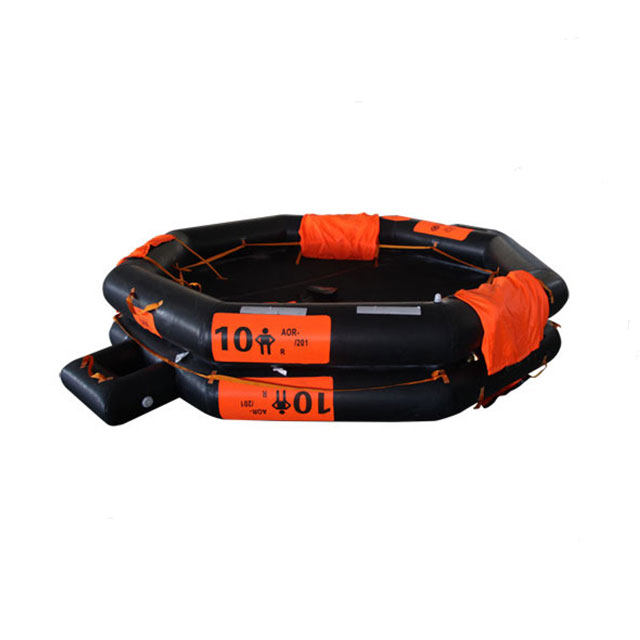
6. Self-Righting Inflatable Life Rafts
Design: The life rafts Include a self-righting mechanism to keep the raft upright in the water.
Stability: Increased stability in rough seas, lowering the risk of capsize.
Use: Ideal for vessels navigating in unpredictable and difficult waters.
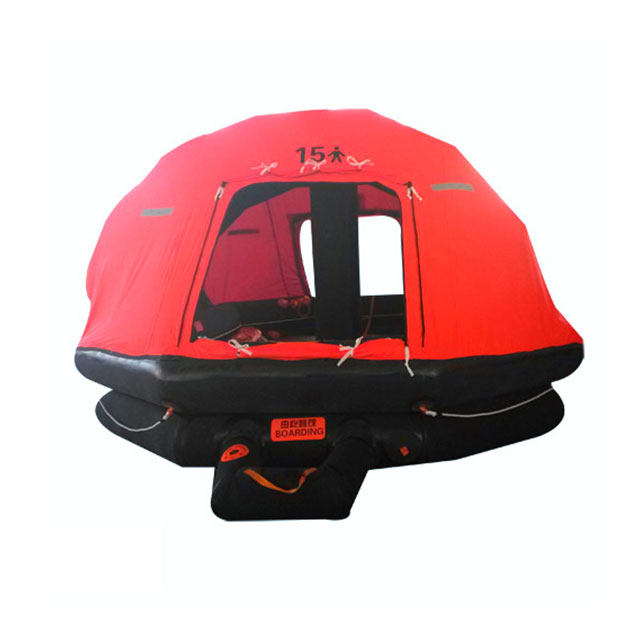
7. Aviation Inflatable Life Rafts
Design: Specifically designed for aircraft emergencies over water, compact and lightweight.
Portability: Easily stowed on aircraft and inflated manually or automatically upon ditching.
Use: Essential for flights over water bodies, ensuring the safety of passengers and crew in aviation emergencies.
8. Offshore Inflatable Life Rafts
Design: Designed for extended survival at sea, often equipped with additional features for long-term use.
Capacity: Typically larger and capable of sustaining occupants for an extended duration.
Use: Ideal for offshore vessels and long-distance voyages where rescue may take more time.
9. Coastal Inflatable Life Rafts
Design: Suitable for coastal waters and shorter voyages.
Compact: Generally smaller and more compact than offshore rafts.
Use: Designed for vessels operating in areas with easy access to rescue services.
10. Inflatable Life Rafts with Canopy
Design: Equipped with a canopy or cover to provide protection from the elements.
Shelter: Enhances survival chances in adverse weather conditions.
Use: Recommended for vessels operating in regions with unpredictable weather.
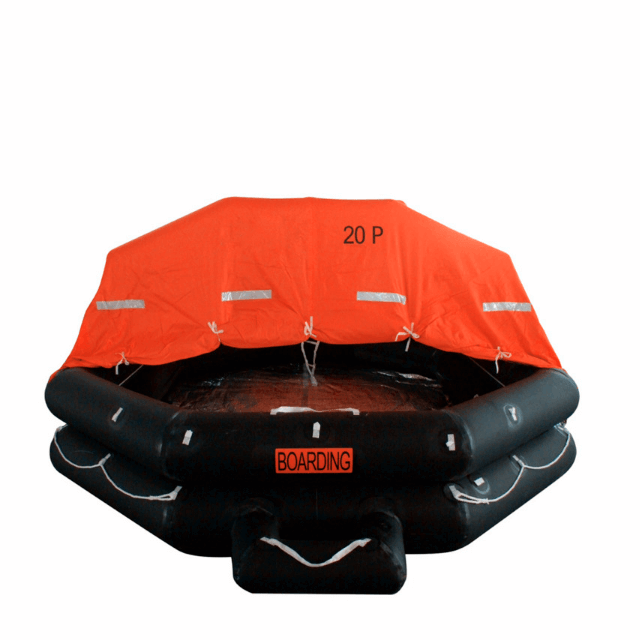
What are Key Factors to be Considered for Choosing a Suitable Types of Inflatable Life Raft
Selecting an appropriate inflatable life raft is a critical decision that can have a significant impact on maritime safety. Several factors should be considered to ensure that the chosen life raft is well-suited to the vessel’s specific needs and conditions.
1. Vessel Type and Size
Consider the vessel’s size, type, and stability. Davit-launched rafts may be required for larger vessels, while throw-overboard or valise-packed rafts may be appropriate for smaller vessels.
2. Occupancy Capacity
Determine the number of people the life raft must accommodate, taking both passengers and crew into account. It is critical to ensure that the raft chosen can support the entire complement of people on board.
3. Operating Environment
Evaluate the vessel’s operating environment’s typical sea conditions and climate. Coastal waters and open seas may demand different types of life rafts. Consider factors such as wave height, water temperature, and potential exposure to adverse weather conditions.
4. Regulatory Compliance
Verify that the selected inflatable life raft complies with international maritime safety regulations and standards, such as those set by the International Maritime Organization (IMO). Compliance ensures that the life raft meets the necessary safety and performance requirements.
5. Deployment Method
Evaluate the deployment method that best suits the vessel. Throw-overboard rafts are manually thrown into the water, davit-launched rafts are deployed using shipboard equipment, and canister or valise-packed rafts may be manually or automatically launched.
6. Stowage Space
Consider the available space for stowing the life raft on the vessel. Canister-packed rafts are often more rigid and may require more space, while valise-packed rafts are more flexible and suitable for vessels with limited storage.
7. Inflation Mechanism
Examine the inflation mechanism of the life raft. Some rafts inflate automatically upon immersion, while others require manual activation. Hydrostatic release mechanisms are often used for automatic inflation and can enhance reliability.
8. Additional Features
Explore additional features that enhance the functionality of the life raft. This may include canopies for protection against the elements, survival equipment, emergency rations, and signaling devices. These features can contribute to the raft’s effectiveness in ensuring the safety of occupants.
9. Maintenance and Inspection Requirements
Consider the life raft’s maintenance and inspection requirements. Regular inspections and servicing are critical to ensuring the raft’s proper operation when required. Select a life raft with a maintenance schedule that corresponds to the vessel’s operational requirements.
10. Training and Familiarization
Ascertain that the vessel’s crew has received adequate training in the deployment and use of the chosen life raft. Familiarizing yourself with the raft’s features and procedures can help you respond to emergencies more efficiently and effectively.
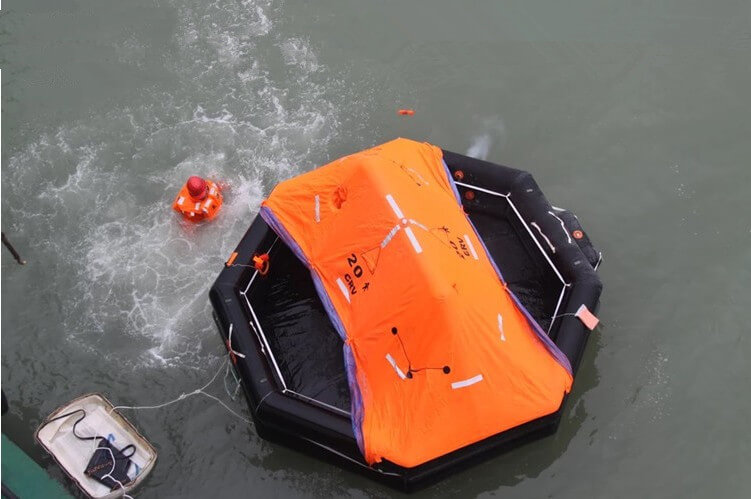
Conclusion
The evolution of inflatable life rafts demonstrates the industry’s commitment to improving maritime safety. Choosing the best inflatable life raft requires careful consideration of vessel specifications, operating conditions, and safety regulations. As technology continues to advance, the development of innovative features and designs in inflatable life rafts will undoubtedly contribute to higher standards of safety and increased chances of survival in emergency situations at sea.


